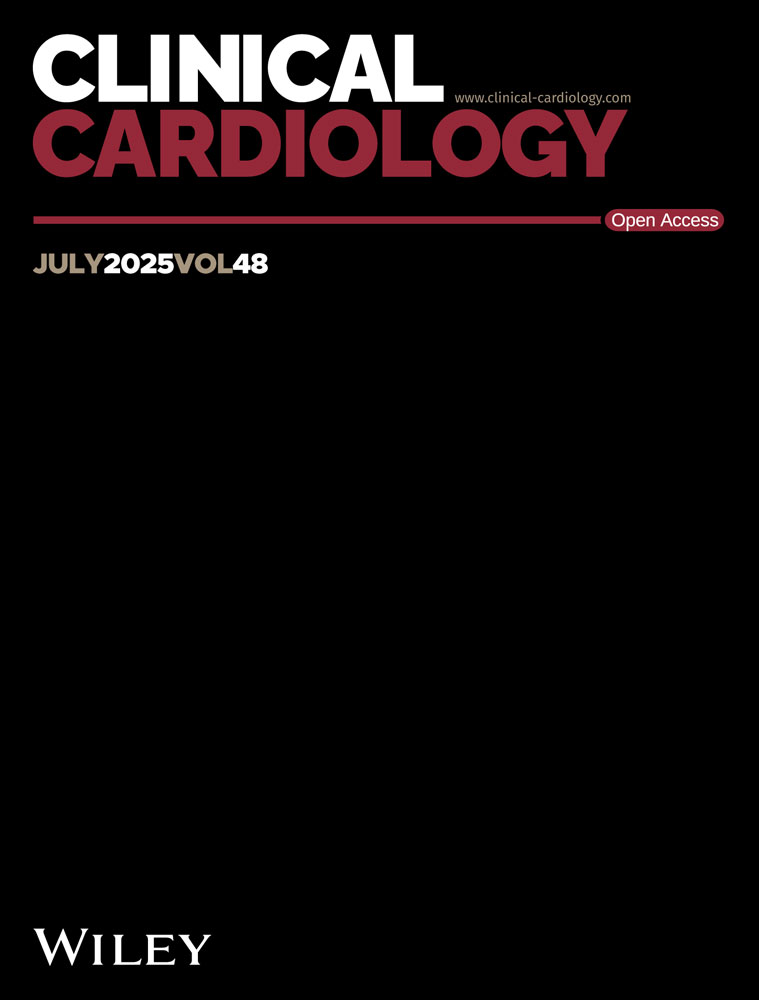Intravenous optison® (FS069) enhances pulmonary vein flow velocity signals: A multicenter study
Abstract
Background: Pulmonary vein spectral Doppler signals to characterize ventricular diastolic and systolic function, though often difficult to obtain, can be enhanced using contrast agents.
Hypothesis: The objective of this study was to determine the efficacy of the intravenous contrast agent Optison® for enhancement of Doppler signals in patients with poor signals on two-dimensional echocardiographic examinations.
Methods: Enhancement of pulmonary venous flow was evaluated in 191 patients at 0.2, 0.5, 3.0, and 5.0 ml per injection.
Results: Greatest contrast enhancement for right and left pulmonary veins was observed at the highest doses. At 0.5 ml, conversion from inadequate to adequate was observed in right and left pulmonary veins in 48.0 and 79.3% of patients, respectively, while any degree of improvement was 54.4 and 65.8%, respectively. The adverse event rate (6.5%) was similar to a first-generation agent.
Conclusion: The results demonstrate that Optison is a safe and effective contrast agent for improving visualization of pulmonary Doppler signals, especially the left pulmonary vein.




